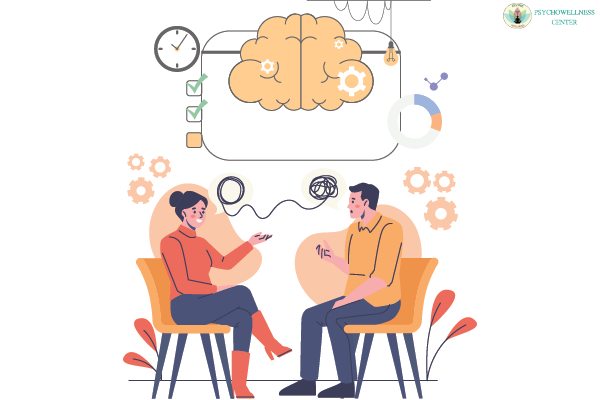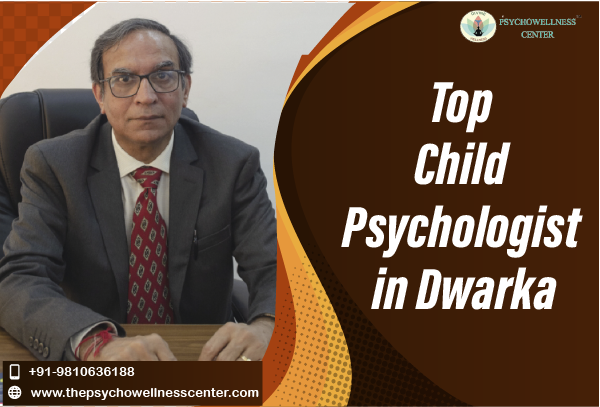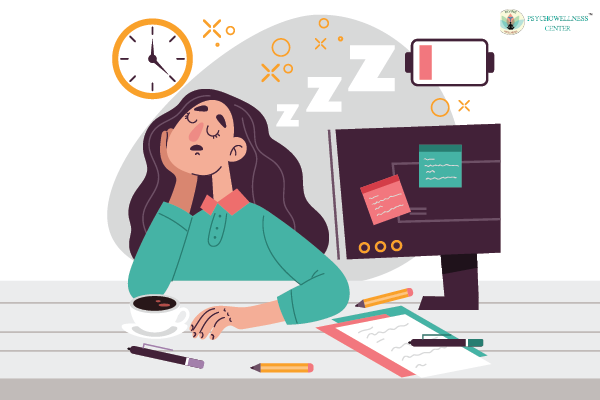Exploring the Benefits of Brainspotting Therapy

Brainspotting Therapy: What Is It?
Spots in a person's visual field are used in brain-spotting treatment, a form of complementary therapy, to aid in the processing of trauma. It unlocks trauma that has been imprisoned in the subcortical brain, which is where movement, consciousness, emotions, and learning are controlled.
One of the alleged advantages of Brainspotting therapy over EMDR is that the trauma need not be "relieved" to help the body release it.
The Workings of Brainspotting Therapy
Brainspotting is based on the idea that trauma-related emotions can get lodged in the body and cause both physical and mental health problems. It is thought that Brainspotting "resets" the body and brain's memory of a particular trauma or experience.
This "stuckness" was termed as "frozen maladaptive homeostasis."
Homeostasis is a natural state for our bodies as they work to maintain a steady environment; however, this particular form of homeostasis is harmful. Brainspotting accesses this and makes an effort to integrate this trauma's incomplete processing.
It is among a select group of cutting-edge treatments for the brain-body connection, including Somatic Experiencing and EMDR. The term "top-down" therapy refers to conventional talk therapy. In other words, traditional treatment focuses on using the conscious mind to address issues.
These "bottom-up" therapies for the brain and body attempt to relieve physical tension in the body, which then facilitates the relief of emotional stress in the body.
The midbrain, which regulates regions of the central nervous system in charge of functions like vision, hearing, sleep, and motor control, is the target of brain-spotting therapy. This area of the brain normally enters freeze mode when trauma happens to save energy for the body to be in defensive mode. This therapy can be given by the Best psychologist in India or a Counseling psychologist can also guide.
This is important, for example, if you're fighting a tiger, but less so for psychological trauma because our bodies can't tell the difference.
Techniques
While there is no defined standard methodology for Brainspotting therapy, most sessions at least adhere to a general structure. Here is an example of how a session might proceed.
An example of a brain spotting therapy session
Much of this is self-directed, even while a therapist is there to guide you. You'll begin by practicing deep breathing and perhaps putting on headphones to listen to bilateral sound, which is music that moves from one ear to the other.
When you are more aware of your surroundings, you will choose a part of your body where you experience the most pain and rate it on a scale of one to ten.
Then, with the online therapist's assistance or you can search for the Best psychologist delhi, you will discover your "brain spot," or the area on which your eyes automatically fixate when the discomfort is at its worst. A pointer rod or the therapist's finger will be used to direct your attention to this location, and they will assist you in determining the area where you are feeling "stuck" and would like to work on it.
Either an "Outside Window" or an "Inside Window" method may be used by the therapist.
When using the "Outside Window" method, the therapist watches the client's gaze and suggests a point; when using the "Inside Window" method, the client chooses the point to be processed.
As you continue to focus on this one place of the body, you and the therapist will narrow in on the emotions that are emerging.
After that, you'll need some time to consider all that happened and what it might all imply.
You will rate your degree of discomfort once more after the session; normally, it will be lower than it was at the beginning. Some people claim to have a sense of release—either mentally or even physically—through a slight tingling or trembling as though they are experiencing the chills.
You might feel worn out or more emotional than normal after the session. Additionally, additional challenging emotions can keep coming up. All of this is normal and important, but if the emotions become unbearable, contact your therapist or a crisis hotline if necessary.
Who can be helped by brain-spotting therapy?
Even while the primary goal of brain-spotting treatment is to identify and treat trauma, it is also effective in treating a wide range of conditions since trauma has such widespread effects.
Anxiety
Attachment problems
Use of drugs
Trauma-related stress disorder
Major depressive disorder and chronic pain
Brainspotting Therapy's Advantages
Participants in one small study saw their symptoms of PTSD, anxiety, and sadness lessen after just a few sessions. Other advantages:
Lessening of the discomfort
Painful memories get softer.
Reduced negative thought patterns
Improved energy levels and effectiveness
Despite the paucity of data on this technique, one study found Brainspotting to be more successful than EMDR or CBT, and patients even continued to improve after their therapy was over. At the 6-month follow-up, all other modalities revealed that individuals' problems had returned.
What to Do First
It is best to choose a therapist who is qualified in Brainspotting treatment because this sort of therapy necessitates specialized training.
Unlike EMDR, which may require up to eight or ten sessions, Brainspotting treatment typically lasts for roughly six sessions. Seek support from the Best psychiatrist in India or find it near you.
Additionally, you may schedule an appointment with the top professional psychologists and receive Mental health counseling at the Psychowellness Centre, which has many locations in Delhi NCR, NOIDA, Faridabad, Janakpuri, Dwarka, and Vasant Vihar.
Contribution: Dr (Prof) R K Suri, Clinical Psychologist, life coach & mentor TalktoAngel & Ms. Varshini Nayyar, Psychologist.




SHARE